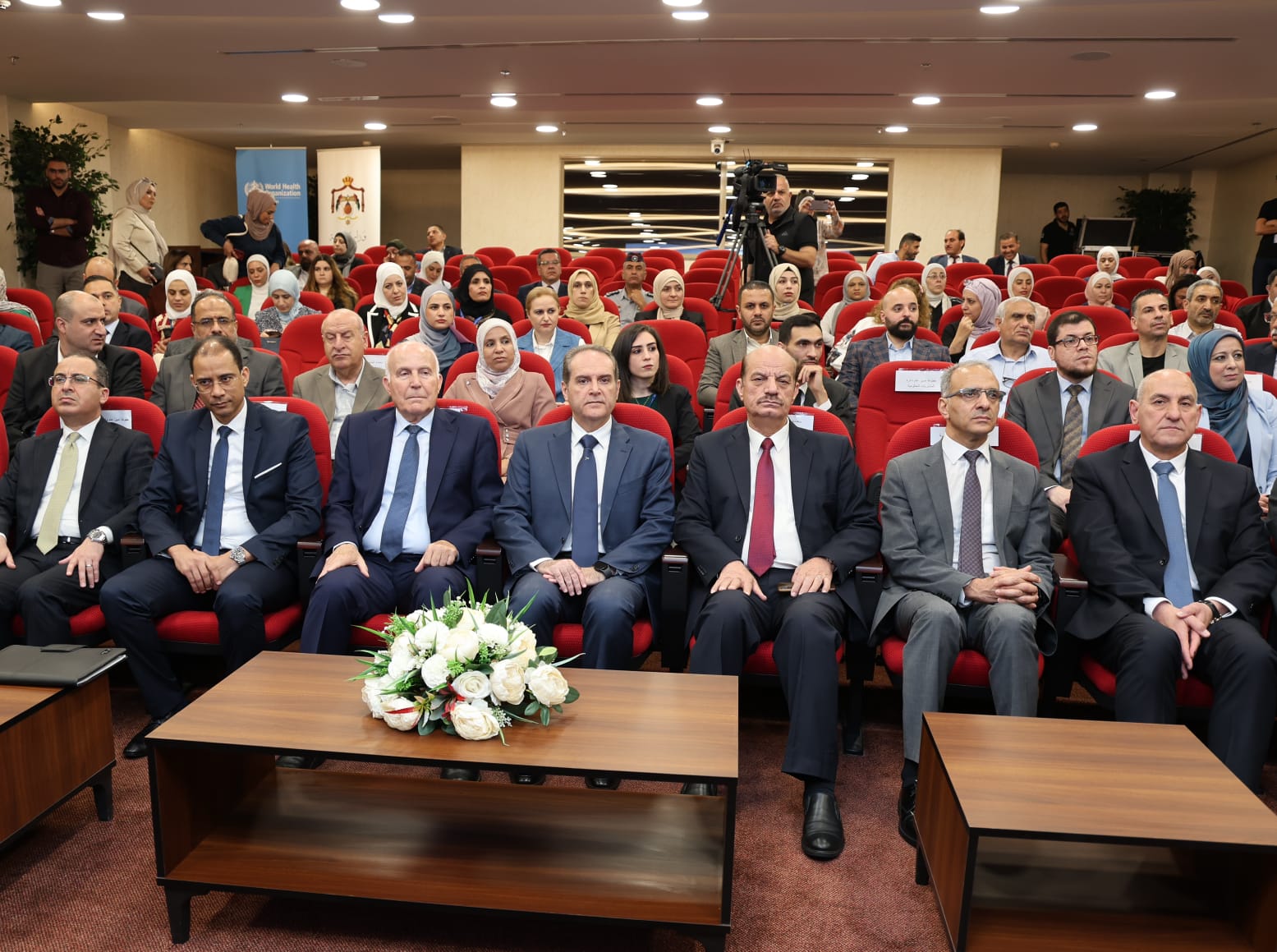The Hashemite Kingdom of Jordan features an extensive network of primary, secondary, and tertiary medical facilities and hospitals overseen by various public and private entities. With a population of 11.6 million in 2024, including a significant proportion of registered refugees (Palestine refugees (2.4 million), refugees from the Syrian Arab Republic and other places (0.7 million), Jordan maintains a health system that is both functional and yet fragmented.
The Jordanian health system comprises two principal public health care administrators and numerous private sector entities, independent organizations, and international bodies functioning as health care providers and payers. The kingdom’s ministry of health (MOH), as the primary public health administrator, delivers health services to all civil servants, retirees, and their families and caters to people in vulnerable groups. It operates a financial entity, the Health Insurance Administration (HIA) and runs 31 hospitals and over 700 health care centers. Similarly, the Jordanian Royal Medical Services (RMS) offers health care to military personnel, retirees, and their families, managing a financial institution, the Military Insurance Fund (MIF), and running 17 hospitals. Both the MOH and RMS are mostly funded by the government. In contrast, the HIA and the MIF collect contributions from eligible members; the contributions account for only 6% of current health expenditure, according to the latest National Health Accounts (NHA), for 2019.
The private sector and nongovernmental sector predominantly operate outpatient clinics, pharmacies, laboratories, and 71 hospitals, including two university hospitals. Voluntary health insurance covers approximately 9% of the population, although a larger segment is estimated to access these facilities through out-of-pocket payments.
In recent decades, substantial increases in the Jordanian population size and shifts in its demographic structure necessitated significant reforms in the governance, financing, and operation of the health care system. However, the process of adapting to these new realities has been slow.
Key facts
- The total health expenditure as documented in the most recent NHA report, for 2019, amounted to JOD 2.23 billion.
- The most recent census data (Table 16), from 2015, show that 68.1% of Jordanians and 54.9% of the total population are covered by health insurance. However, broader health coverage is facilitated by various exemptions, serving as an extensive safety net for the Jordanian population. These exemptions include those granted by the Royal Hashemite Court, exemptions for the treatment costs of specific diseases such as kidney dialysis, cancer and multiple sclerosis, and free-of-charge health insurance provided by the MOH to people in certain vulnerable groups.
- Out-of-pocket payments constitute 36% of the current health expenditure, or JOD 806 million, with 90% of that sum occurring in the private sector (NHA 2019).

